At the meeting, Dr. Hoang Phuc Lam, Deputy Director of the National Center for Hydro-Meteorological Forecasting (Department of Hydrometeorology) said:

* REPORTER: Could you tell us what the current trend of storm number 12 is?
* Mr. HOANG PHUC LAM : At 1:00 p.m. today, October 20, storm No. 12 was at about 18.3 degrees North latitude - 115.9 degrees East longitude, about 460km East Northeast of Hoang Sa special zone. Immediately after entering the East Sea, the storm moved in the West Northwest direction at a speed of about 20km/hour and tended to strengthen (reaching level 11, gusting to level 13 in the next 24 hours).
From October 22, when approaching the northwest sea area of Hoang Sa special zone, the storm began to gradually shift to the southwest, slowing down and weakening before making landfall.
Thus, it can be seen that storm No. 12 moves in a curved trajectory, initially moving West Northwest - West, then gradually moving to the Southwest when approaching the Central region.
* What are the possible impacts of storm No. 12 on mainland Vietnam?
* According to the latest forecast, storm No. 12 is likely to weaken into a tropical depression before making landfall in Da Nang - Quang Ngai around October 23 and cause strong winds inland of about level 6, gusting to level 8.
Storm circulation combined with cold air and easterly wind disturbances will cause widespread heavy rain in provinces from Ha Tinh to Quang Ngai.
Common rainfall: Ha Tinh to Northern Quang Tri and Quang Ngai : 200-400mm, some places over 500mm; Southern Quang Tri to Da Nang: 500-700mm, some places over 900mm. Prolonged heavy rain can cause flash floods, landslides in mountainous areas, deep flooding in low-lying and urban areas.
This is the main scenario: although the storm weakens quickly after reaching the shore, the circulation combined with cold air will cause widespread rain and floods that will last until the end of October.
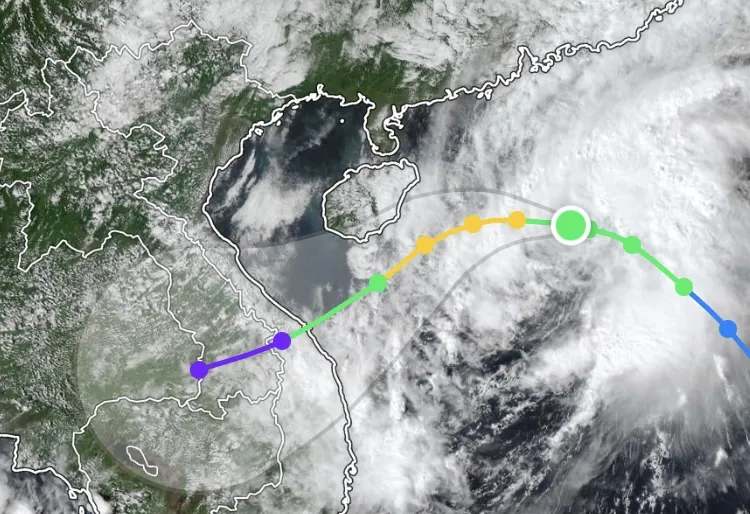
* When a storm encounters cold air, how will its trajectory and intensity be affected?
* Cold air from the North flowing down to the East Sea while the storm moves close to shore (central mainland) will strongly impact the direction and intensity of the storm.
Specifically, the cold air flow causes the storm to gradually shift to the southwest and weaken rapidly as it approaches the mainland. However, the interaction between the storm circulation, cold air and the east wind causes heavy rain to increase over a wide area of the Central region.
In other words, cold air reduces the storm's wind strength but increases the risk of flooding, especially in the provinces from Quang Tri to Quang Ngai.
Source: https://www.sggp.org.vn/ts-hoang-phuc-lam-bao-so-12-suy-yeu-nhung-trung-bo-van-mua-lu-den-cuoi-thang-post819039.html


![[Photo] Chairman of the Hungarian Parliament visits President Ho Chi Minh's Mausoleum](https://vphoto.vietnam.vn/thumb/1200x675/vietnam/resource/IMAGE/2025/10/20/1760941009023_ndo_br_hungary-jpg.webp)
![[Photo] Solemn opening of the 10th Session, 15th National Assembly](https://vphoto.vietnam.vn/thumb/1200x675/vietnam/resource/IMAGE/2025/10/20/1760937111622_ndo_br_1-202-jpg.webp)
![[Photo] Prime Minister Pham Minh Chinh meets with Speaker of the Hungarian National Assembly Kover Laszlo](https://vphoto.vietnam.vn/thumb/1200x675/vietnam/resource/IMAGE/2025/10/20/1760970413415_dsc-8111-jpg.webp)
![[Photo] National Assembly Chairman Tran Thanh Man holds talks with Hungarian National Assembly Chairman Kover Laszlo](https://vphoto.vietnam.vn/thumb/1200x675/vietnam/resource/IMAGE/2025/10/20/1760952711347_ndo_br_bnd-1603-jpg.webp)


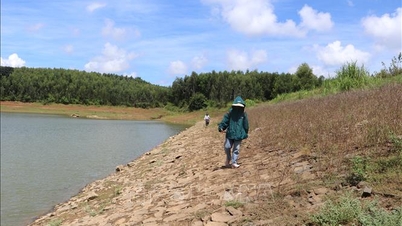



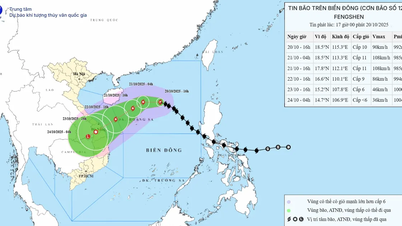

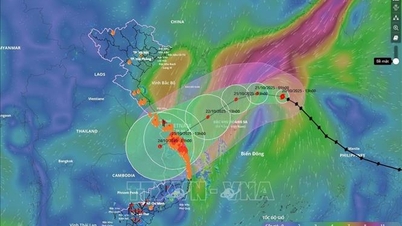
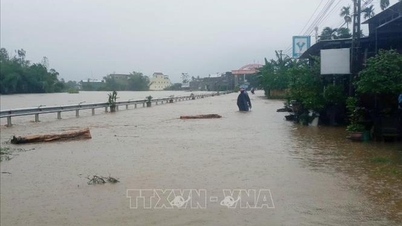





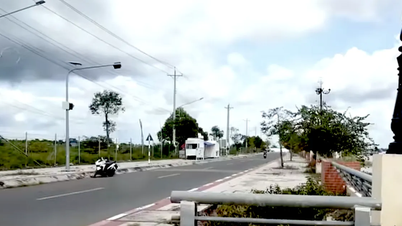







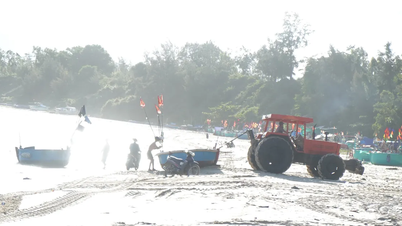





![[Photo] The Steering Committee of the 2025 Fall Fair checks the progress of the organization](https://vphoto.vietnam.vn/thumb/1200x675/vietnam/resource/IMAGE/2025/10/20/1760918203241_nam-5371-jpg.webp)







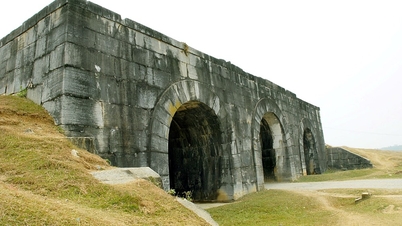
















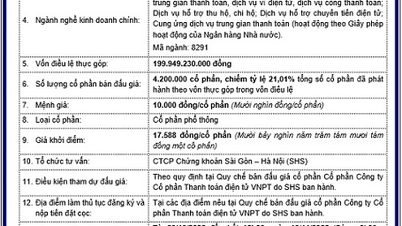




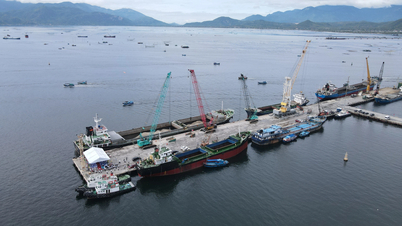








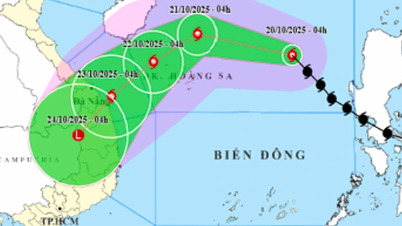









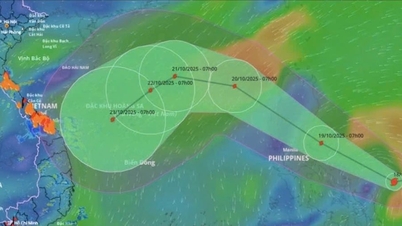




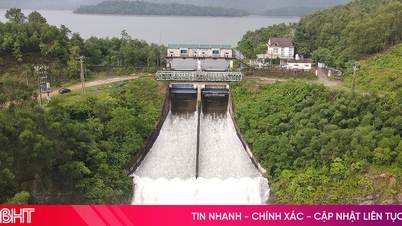




















Comment (0)